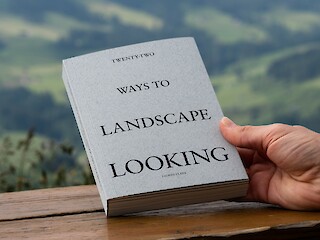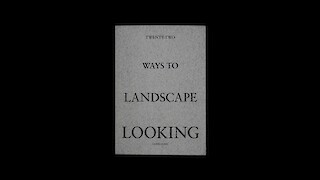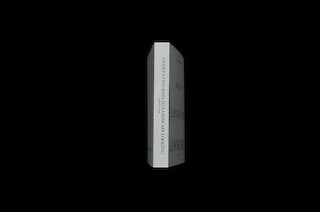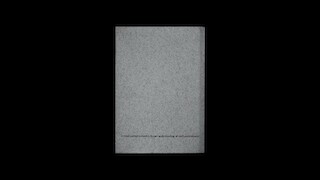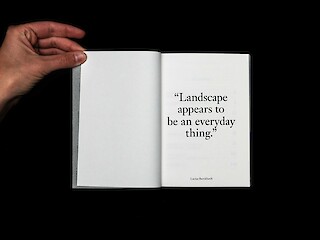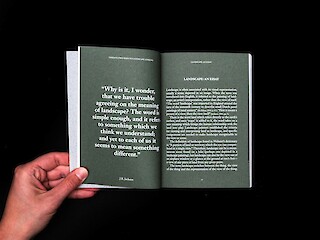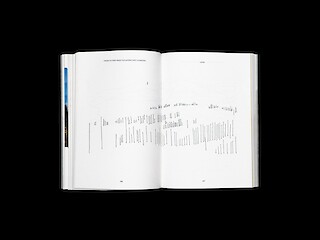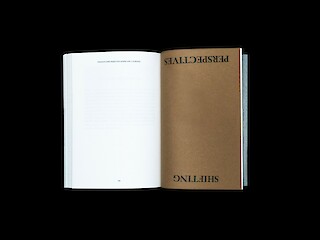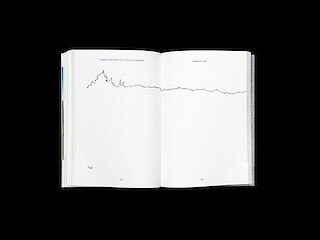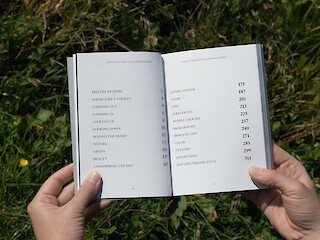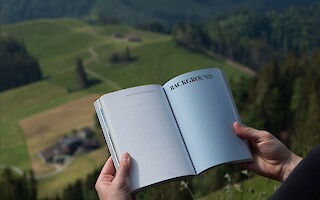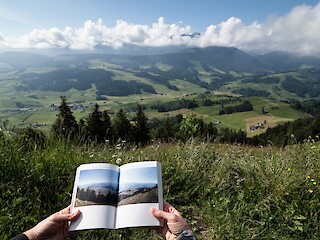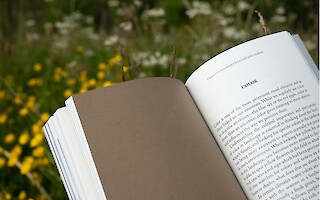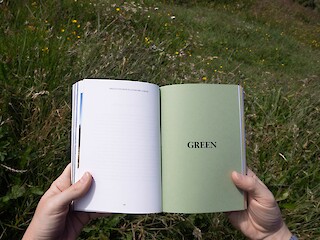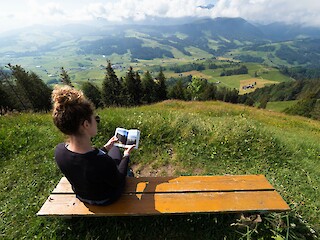[EN]
A multifaceted, visual pursuit towards a deeper understanding of one’s environment
How can the perception and appreciation of the visual landscape be enhanced through explorative, multi-ethnographical means? How can we challenge our preconceptions of landscape in order to gather accurate information about our environment as opposed to letting landscape fall to the background? Which aesthetic strategies can be implemented to look at landscape in a more engaged, critical way?
The inexhaustible number of landscape representations that currently floods online and offline media (from social media to travel guides) fuels the development of a problematic attitude towards landscape, the superficial view of landscape as two-dimensional, replaceable and independent of human influence. By approaching landscape in this way rather than by experiencing it, one risks losing two key understandings: the awareness of the changes occurring in our environment and the fragility of landscape.
Using the Swiss Alpine landscape as a research area, I suggest a multifaceted, visual approach to observing one’s environment. Studying the landscape in its two-dimensional representation as well as in reality allows for shifts in perception, and a change in scale by zooming in and out of the landscape in view renders new viewpoints which would otherwise not have been possible. By actively looking at one’s environment through a series of visual lenses in various degrees of abstraction, this research project seeks deeper, more critical ways of observing landscape, all with the aim of recognizing the diverse, visual wealth that landscapes have to offer.
Through the medium of a field guide and personal reflection on how landscape is perceived and experienced, Twenty-two Ways to Landscape Looking proposes new approaches to intentional landscape observation in order to bring forth a deeper awareness and new perceptions of one’s environment.
[DE]
Ein vielfältiger, visueller Versuch eines tieferen Verständnisses der eigenen Umwelt
Wie kann die Wahrnehmung und Wertschätzung der visuellen Landschaft durch explorative, multi-ethnografische Mittel verbessert werden? Wie können wir unsere Vorurteile gegenüber Landschaften sinnvoll hinterfragen, um genaue Informationen über unsere Umwelt zu erhalten, statt sie zum Hintergrund verkommen zu lassen? Welche ästhetischen Strategien können wir einsetzen, um eine Landschaft unmittelbarer und kritischer zu betrachten?
Der endlose Strom an Landschaftsdarstellungen, der derzeit die On- und Offlinemedien (von Social Media bis hin zu Reiseführern) flutet, nährt in uns die Entwicklung einer problematischen Haltung gegenüber Landschaften, aufgrund derer diese oberflächlich als zweidimensional, ersetzbar und von menschlichen Einflüssen unabhängig betrachtet werden. Wenn Menschen Landschaften auf diese Weise wahrnehmen, statt sie zu erfahren, riskieren sie den Verlust zweier wichtiger Erkenntnisse: dass die Umwelt sich verändert und dass Landschaften fragile Gebilde sind.
Ich habe die Schweizer Alpen als Forschungsgebiet genutzt und schlage einen facettenreichen visuellen Ansatz zur Beobachtung der eigenen Umwelt vor. Die Landschaft sowohl in ihrer zweidimensionalen Darstellung als auch in der Realität zu untersuchen, bringt eine Wahrnehmungsverschiebung mit sich; die Änderung des Massstabs durch Heran- und Wegzoomen der Landschaft im Blickfeld ergibt neue Perspektiven, die andernfalls nicht zugänglich wären. Durch das aktive Beobachten der eigenen Umwelt durch eine Reihe von «Linsen» mit verschiedenen Abstraktionsgraden sucht dieses Projekt nach tiefer greifenden, kritischeren Möglichkeiten, Landschaften zu beobachten. Ziel ist das Erkennen des vielfältigen visuellen Reichtums, den Landschaften bieten.
Durch das Medium eines Feldführers sowie persönliche Reflexion über die Wahrnehmung und Erfahrung von Landschaften bietet «Twenty-two Ways to Landscape Looking» neue Ansätze für die bewusste Landschaftsbeobachtung mit dem Ziel eines tieferen Bewusstseins für Landschaften und einer neuen Wahrnehmung der Umwelt.
Lauren Clark
MA-Diplom 2020
Mentorat Prof. Dr. Sarah Owens, Jonas Voegeli, Dr. sc. lic. phil. Annemarie Bucher
Editorial Design
120 × 170 mm
Number of pages: 326
Printing & Binding: OK Druck Zürich
Paper: Lessebo Natural Smooth 100g
Field guide photographed by Quim Vilar
